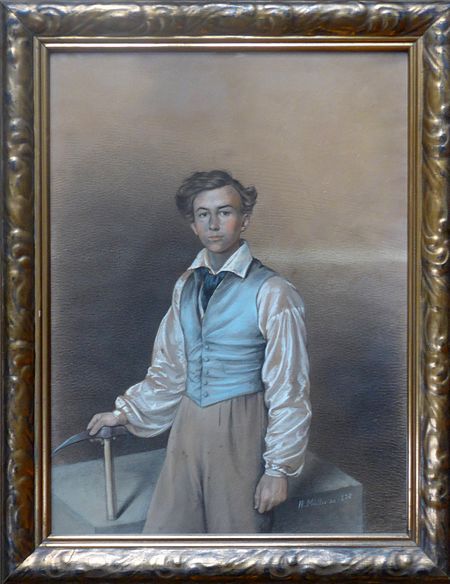Alexander Saeltzer

Alexander Saeltzer (31 July 1814 Eisenach, Saxe-Weimar-Eisenach, Germany — 23 September 1883 New York City) was a German-American architect active in New York City in the 1850s and 1860s. His work includes the Anshe Chesed Synagogue (now the Angel Orensanz Center), Academy of Music (New York City), Theatre Francais (New York), the Duncan, Sherman & Company building and the South Wing of the Romanesque revival structure at 425 Lafayette Street built between 1853 and 1881 as the Astor Library (which later merged with the Tilden and Lenox collections to become the New York Public Library).His father, Wilhelm Sältzer (1779–1853), was a brickyard-owner, an architect, a Grand Duke council of Saxe-Weimar-Eisenach, who also worked as the construction manager in the reconstruction of the Wartburg. Alexander Saeltzer was born in Eisenach, Germany. He studied at Berlin Bauakademie and was a pupil of Karl Friedrich Schinkel. He moved to the U.S. from Berlin.
Excerpt from the Wikipedia article Alexander Saeltzer (License: CC BY-SA 3.0, Authors, Images).Alexander Saeltzer
West 14th Street, New York Manhattan
Geographical coordinates (GPS) Address Nearby Places Show on map
Geographical coordinates (GPS)
| Latitude | Longitude |
|---|---|
| N 40.737779 ° | E -73.997304 ° |
Address
West 14th Street 103
10011 New York, Manhattan
New York, United States
Open on Google Maps






